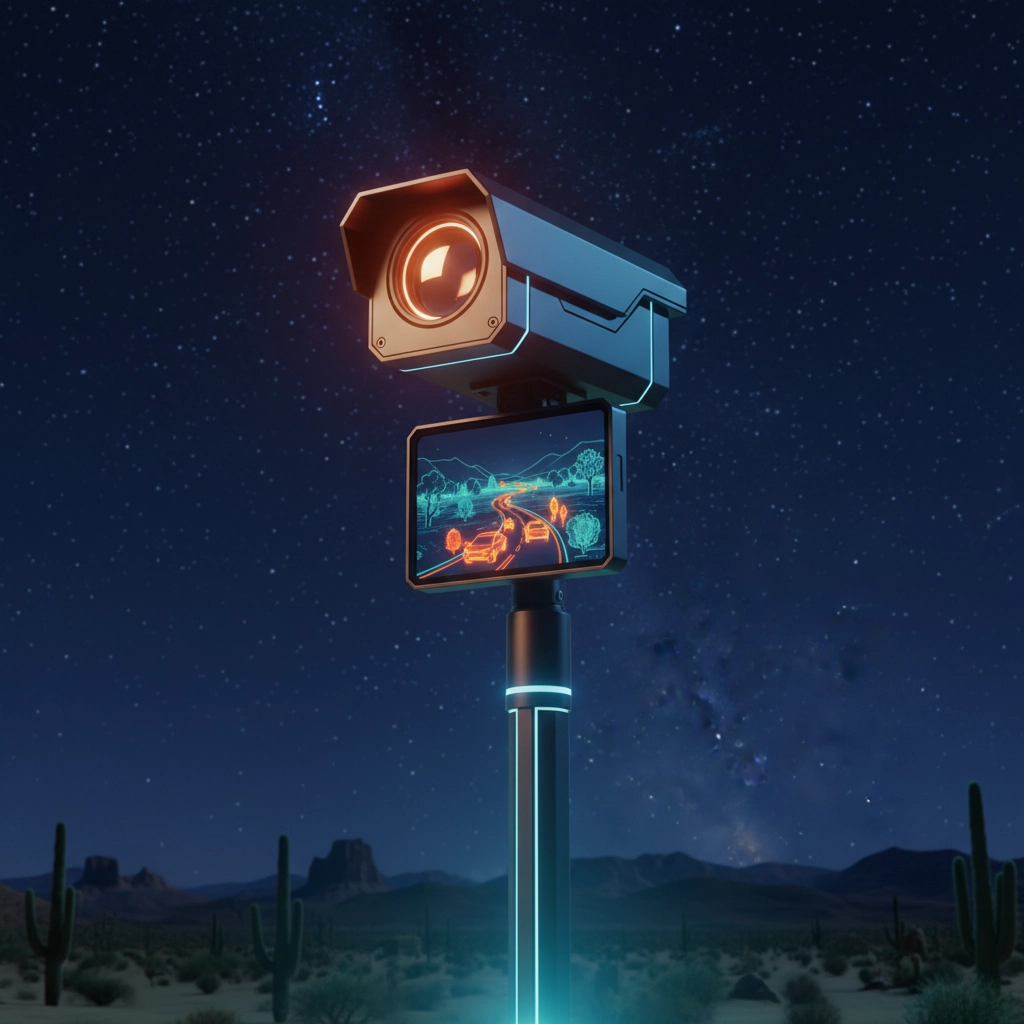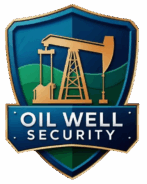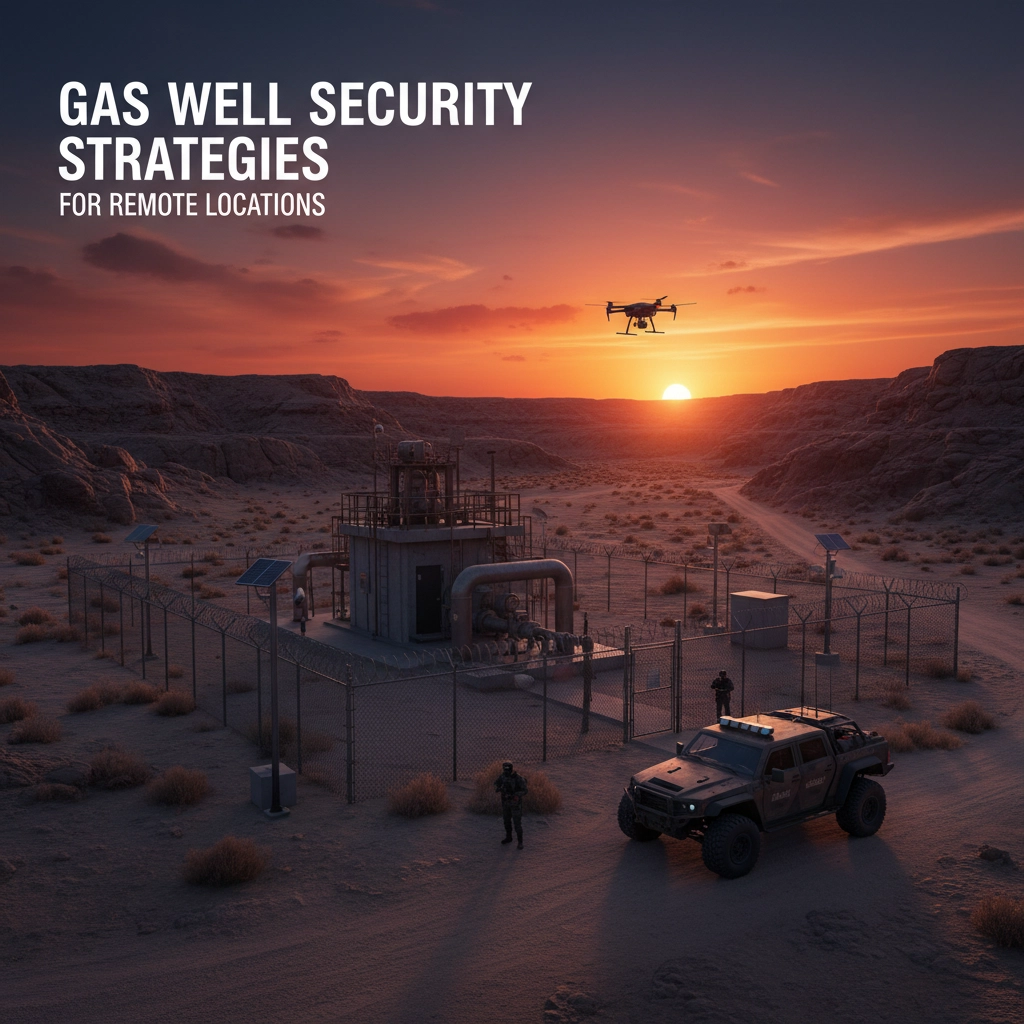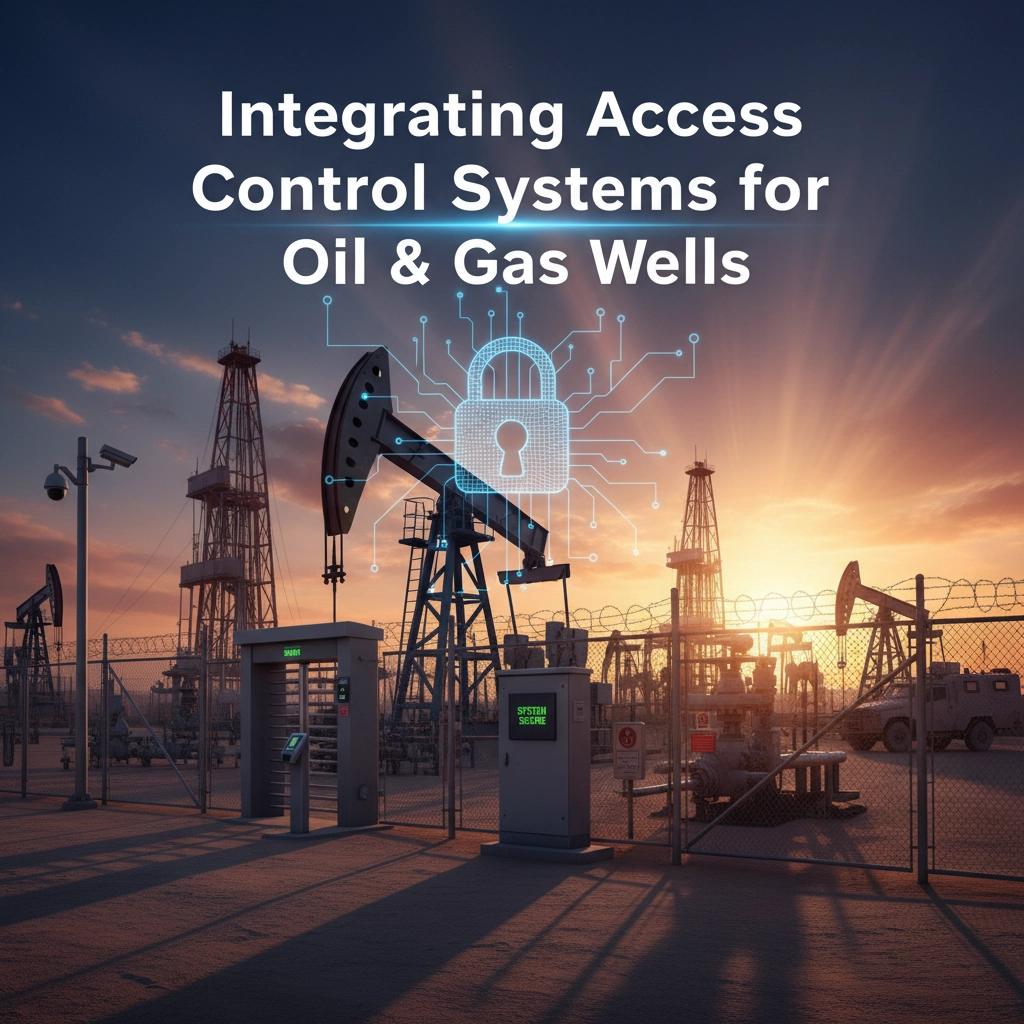When you're managing gas wells in remote locations, you're facing a security challenge that keeps many operators awake at night. Your assets are valuable, isolated, and vulnerable – creating the perfect storm for security threats that could cost millions in damages, downtime, and regulatory penalties.
The stark reality is that 85% of security incidents at remote gas facilities could have been prevented with proper multi-layered security strategies. If you're relying on outdated security measures or hoping that isolation equals protection, you're putting your entire operation at risk.
Your Remote Location Security Challenges Are More Complex Than You Think
Your remote gas wells face unique vulnerabilities that urban facilities never encounter. When your nearest security response is hours away, every minute counts in preventing catastrophic losses.
Geographic isolation creates your biggest operational headache. Your security personnel can't respond instantly to threats, and emergency services are often too far away to provide meaningful assistance during critical incidents. This isolation means you need security systems that can operate independently and respond automatically to threats.
Site vulnerability stems from your high-value infrastructure spread across vast areas. Your wellheads, compressor stations, and pipeline connections represent millions of dollars in equipment that's incredibly attractive to vandals, thieves, and even terrorist organizations. The expansive nature of your operations makes comprehensive coverage challenging and expensive.
Perimeter security becomes your most complex puzzle when you're dealing with hundreds or thousands of acres of varied terrain. Traditional fencing and basic surveillance simply can't provide the coverage you need across such extensive areas, especially when dealing with challenging landscapes that increase both implementation costs and monitoring difficulty.

Build Your Multi-Layered Defense Strategy
Your most effective approach combines human expertise with cutting-edge technology in what security professionals call a hybrid model. This strategy gives you both the analytical capabilities of AI-powered systems and the critical thinking abilities of trained security personnel.
Deploy manned guards at strategic entry points to serve as your first line of defense. Position these guards at key access roads and facility entrances where they can control access and respond immediately to security incidents. When you have guards on-site, you're cutting response time from hours to minutes – often the difference between minor incidents and major catastrophes.
Implement 24/7 remote monitoring capabilities that allow your security team to access live video feeds and control cameras from centralized locations. This remote capability is crucial when you're managing multiple sites across vast geographic areas. Your security personnel can monitor dozens of locations simultaneously without the massive cost of staffing each site individually.
Your hybrid approach should integrate these human elements with automated systems that never sleep, never get distracted, and never miss suspicious activity.
Advanced Surveillance Technology You Need for Comprehensive Coverage
Your surveillance system forms the backbone of your remote security strategy, and the technology you choose determines whether you're truly protected or just creating the illusion of security.
Install long-range thermal cameras with panoramic scanning to provide continuous perimeter monitoring without coverage gaps. These cameras detect heat signatures from intruders, vehicles, and equipment anomalies even in complete darkness or adverse weather conditions. Position them strategically to create overlapping coverage zones that eliminate blind spots.
Deploy high-definition cameras with video analytics that use artificial intelligence to distinguish between genuine threats and false alarms. These systems reduce false alarms by approximately 60%, which means your security team can focus on real threats instead of investigating every movement from wildlife or weather-related disturbances.
Integrate intrusion detection systems throughout your perimeter and at critical infrastructure points. These sensors create multiple layers of detection that trigger immediate alerts when unauthorized access occurs. Your system should include ground-based sensors, fence-line detection, and area monitoring that work together to provide comprehensive coverage.

Solve Your Power and Connectivity Challenges
Your remote locations present unique infrastructure challenges that can cripple even the most advanced security systems if you don't address them properly.
Implement sustainable power solutions that keep your security systems operational regardless of grid reliability. Solar panel arrays combined with wind turbines provide renewable energy generation, while battery backup systems ensure continuous operation during periods of insufficient renewable generation. Include portable electric generators for backup power and mobile surveillance setups that can be deployed rapidly during emergencies.
Establish redundant communication systems using satellite and wireless technologies that maintain connectivity even when traditional network infrastructure fails. Your surveillance systems must remain connected to monitoring centers at all times, which means you need multiple communication pathways that can automatically switch to backup systems when primary connections fail.
Your power and connectivity infrastructure should operate independently for at least 72 hours without external support, giving you time to address any infrastructure failures while maintaining security coverage.
Protect Your Digital Assets with Integrated Cybersecurity
Your modern gas operations rely heavily on digital control systems, which means your security strategy must protect against both physical and cyber threats simultaneously.
Implement network segmentation using demilitarized zones to prevent lateral movement of cyber threats through your systems. This approach stops approximately 90% of ransomware attacks from spreading beyond their initial entry point, protecting your critical control systems from digital infiltration.
Deploy multi-factor authentication for all SCADA system access and critical control functions. Your industrial control systems should meet NIST SP 800-82 guidelines and IEC 62443 security level requirements, ensuring that only authorized personnel can access systems that control your operations.
Install encrypted data diodes and vulnerability scanning tools that continuously monitor your network for potential weaknesses. Your cybersecurity measures should integrate seamlessly with your physical security systems, providing comprehensive protection against all threat vectors.

Your Implementation Strategy for Maximum Security ROI
Your security deployment requires careful planning and systematic implementation to maximize effectiveness while minimizing operational disruption.
Conduct comprehensive risk assessments using standardized methodologies before implementing any security measures. These assessments help you identify your most critical vulnerabilities and prioritize your security investments for maximum risk reduction. Focus your resources on protecting your highest-value assets and most vulnerable access points first.
Coordinate installation teams with your operations personnel to minimize production disruptions during security system deployment. Schedule installations during planned maintenance periods whenever possible, and ensure all systems undergo thorough testing before going live.
Develop comprehensive training programs for all personnel who will interact with your new security systems. Your operations staff needs to understand how to respond to security alerts, while your security team needs detailed knowledge of your facility layout and operational processes.
Measure Your Security Success and ROI
Your integrated security systems should deliver measurable improvements in threat detection and incident prevention. Comprehensive implementations typically reduce security incidents by approximately 85% through early threat detection and rapid response capabilities.
Track key performance indicators including false alarm rates, response times, incident prevention rates, and system uptime. Your thermal imaging should identify equipment anomalies before failures occur, while your video analytics should eliminate nuisance alarms from environmental factors.
Monitor compliance automation that reduces regulatory reporting time by approximately 50%. Your security systems should automatically generate compliance reports and maintain audit trails that demonstrate adherence to industry security standards.
Your investment in comprehensive security pays for itself through prevented losses, reduced insurance premiums, and improved operational efficiency.
Take Action to Secure Your Remote Operations Today
Your remote gas wells represent significant investments that deserve professional protection. Don't wait until you experience a security incident to realize the critical importance of comprehensive security strategies.
Contact Oil Well Security today to discuss your specific remote location security challenges. Our experts understand the unique requirements of gas well operations and can design customized security solutions that protect your assets while supporting your operational goals.
Ready to upgrade your remote gas well security? Call us at (970) 465-2525 or email info@oilwellsecurity.com to schedule your comprehensive security assessment. Our team will evaluate your current security posture and recommend proven strategies that deliver measurable protection for your remote operations.



